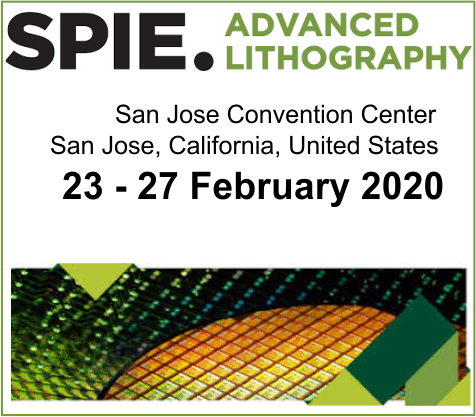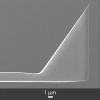



MikroMasch® HQ:NSC36 series AFM probesMon Mar 23 2020
Defect recognition on coating layer with MikroMasch® HQ:NSC36 series AFM probes using PinPoint nanomechanical mode








Nanotools is attending the SPIE Advanced Lithography in CaliforniaFri Feb 21 2020
nanotools is attending the SPIE Advanced Lithography in California.
The technical program of the primary global #lithography event will focus
If you would like to meet with nanotools in San Jose then please click on the contact link in the nanotools blog https://www.nanotools.com/…/connecting-with-partners-and…


It’s the last day @BiophysicalSoc Meeting 2020 exhibit in San DiegoTue Feb 18 2020
It’s the last day @BiophysicalSoc Meeting 2020 exhibit in San Diego and it’s the last chance to visit @NanoAndMore USA booth no. 818 from 10 am – 4 p.m. to pick up your free sample of NANOSENSORS™ uniqprobe qp-BioT #AFMprobes and to find out about all the other kinds of #AFMtips that NanoAndMore USA offers for #AtomicForceMicroscopy applications in #biology, #biophysics, #molecularbiology, #lifesciences etc. etc. … https://www.nanoandmore.com/Life-Science-Biological-Soft…
We’re looking forward to welcoming you! #bps2020


The exhibit @BiophysicalSoc Meeting 2020 in San Diego will be open from 10 am todaySun Feb 16 2020
The exhibit @BiophysicalSoc Meeting 2020 in San Diego will be open from 10 am today. Don't forget to visit @NanoAndMore USA booth no. 818 to pick up your free sample of NANOSENSORS uniqprobe qp-BioT #AFMprobes and find out what other surprises are planned for the 30th anniversary of NANOSENSORS and the 20th anniversary of NanoWorld


Researchers at KRISS applied nanotools CDR30-EBDThu Feb 13 2020
Researchers at KRISS applied nanotools CDR30-EBD #AFMprobes to study tip wear, repeatability and reproducibility of CD measurements. Find out more in the latest nanotools blogpost https://nanotools.com/…/four-axes-stage-for-low-noise-afm…


A blast from the pastMon Feb 10 2020
A blast from the past – Atomic resolution of liquid-covered HOPG. Published in 1987!





















